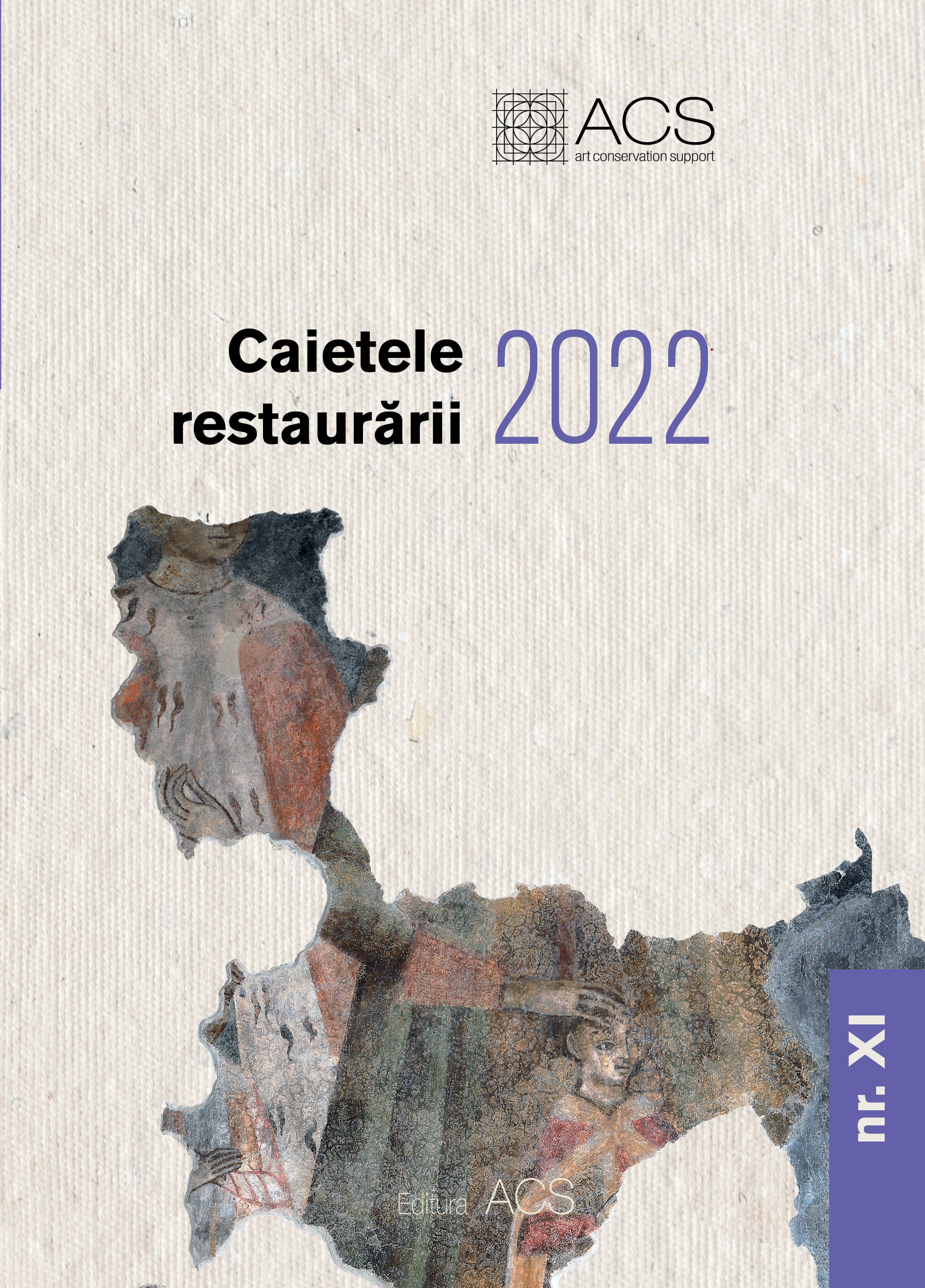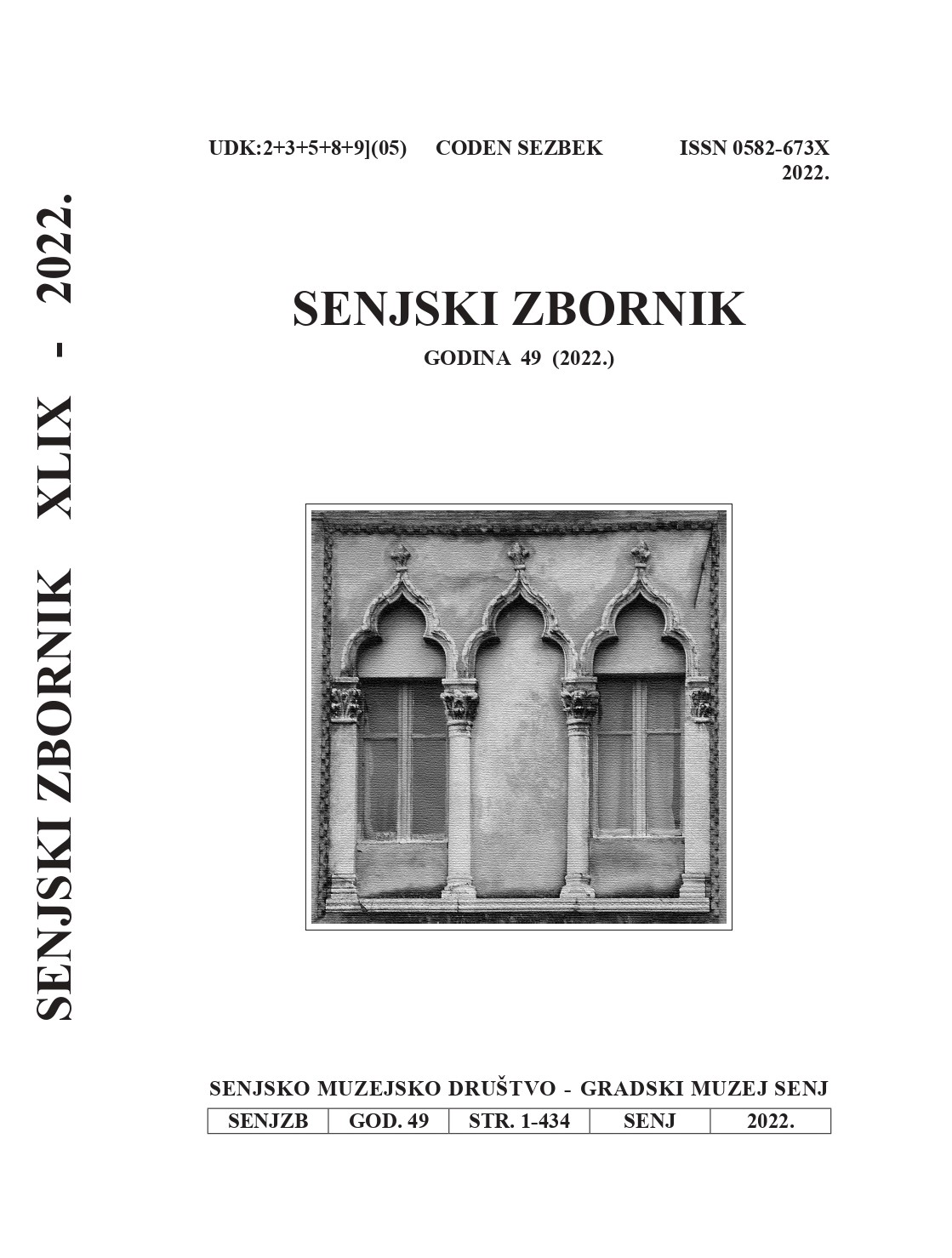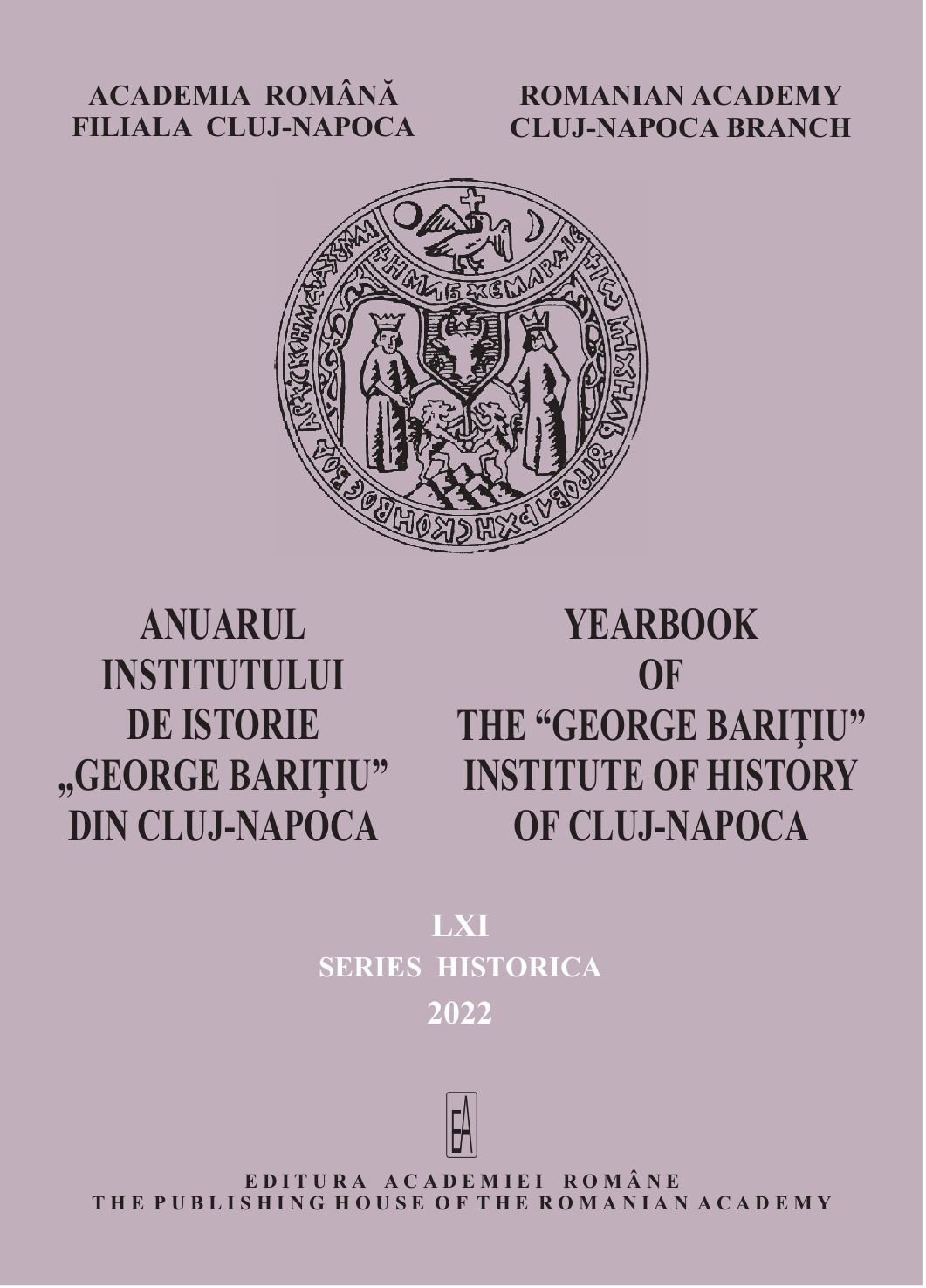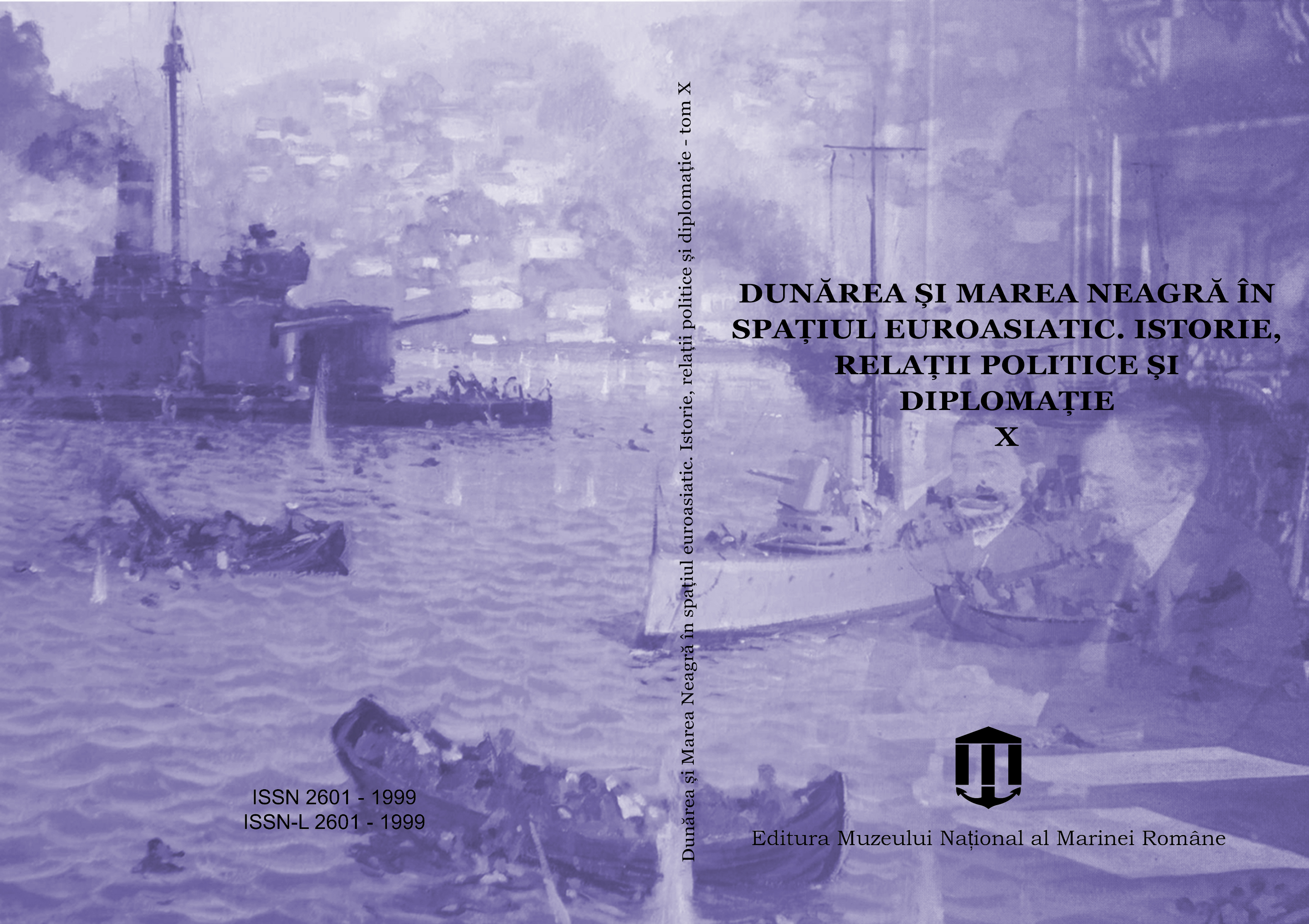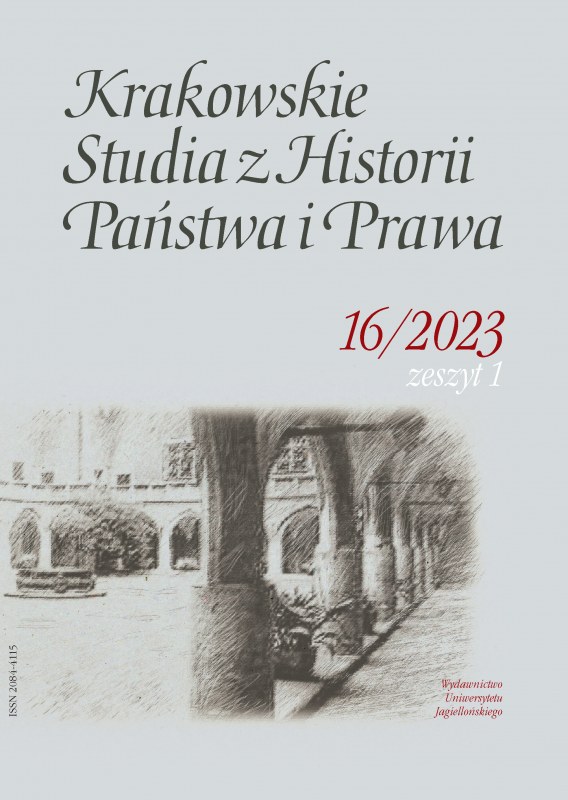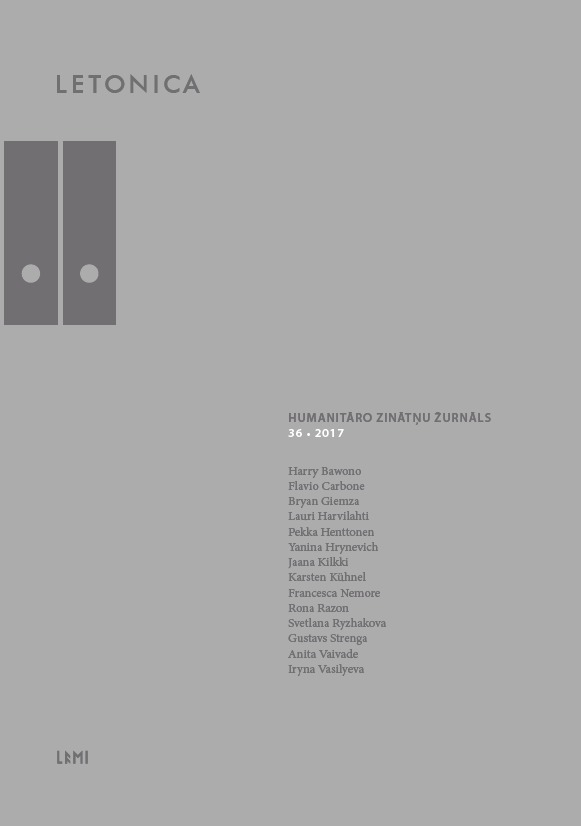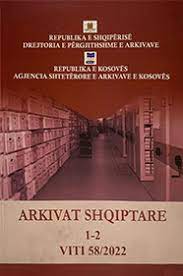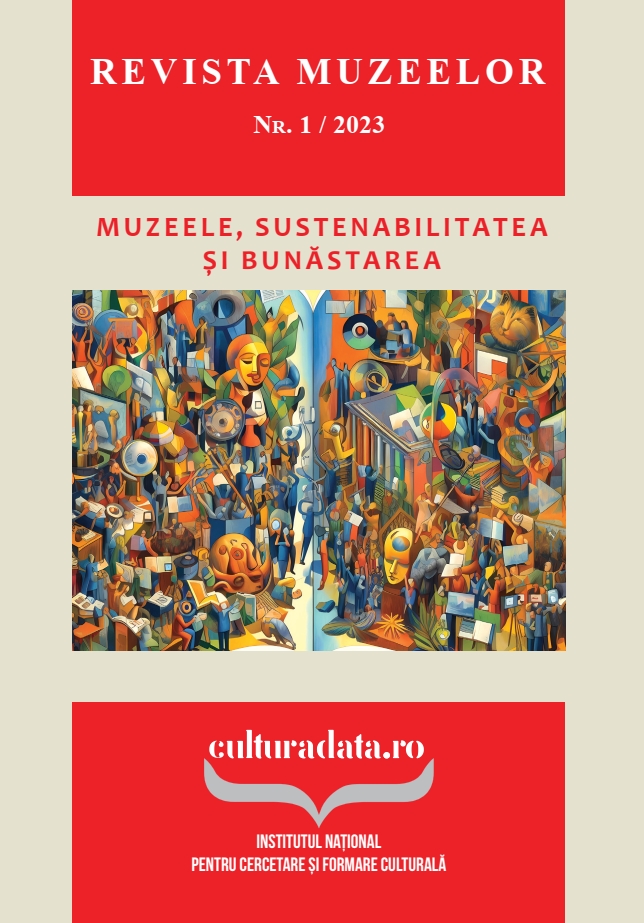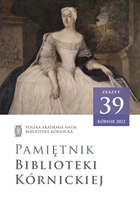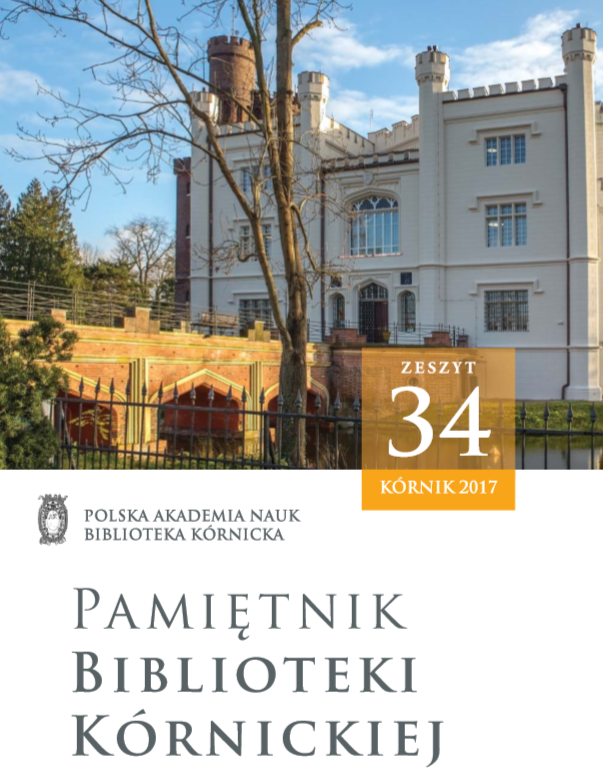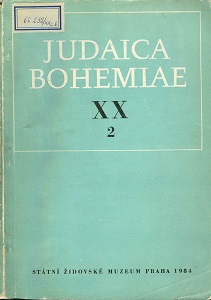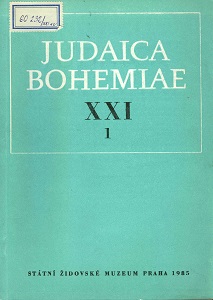Author(s): Gea Sulo / Language(s): Albanian
Issue: 1-2/2022
The moment of declaration of Albanian’s Independence on November 28,1912, by the National Assembly of Vlora, constitutes the turning point between yesterday and the future of the Albanian Nation. The act of declaring independence laid the foundations of independent state life, but this act will be followed continuously by a series of major tasks, which belonged to the internal and external policy of the new state. It was this assembly which, with the creation of the Provisional Government of Vlora, at the head of which Ismail Qemali himself was placed as prime minister, approved the fact that the prime minister would also hold the post of Minister of Foreign Affairs. With this, we have the beginning of the work for the organization of the diplomatic activity of the new Albanian state. The first step begins with the notification of the Great Powers and the governments of the neighbouring countries on this extraordinary event of the Albanian national life. And this is done through a letter signed by Ismail Qemali himself, where, among other things, it is written that: “…Albanians are happy that they were able to join the family of free peoples of the Orient, and have no other goal than to live in peace with our neighbouring countries”. An orientation which is also related to the foreign policy of the new state. In the following days and years, the foreign policy of the new state is accompanied by feverish activity on the part of the representatives, to the Great Powers of the time, to the neighbouring countries, and even to the High Gate, demanding international recognition of the act of great independence, which was accompanied by the complete separation from the Ottoman Empire. So the recognition of the new independent Albanian state, and the first national government. Work immediately began on the preparation of a representative group for London, where the work of the Ambassadors' Conference had begun. Their diplomatic mission would be the recognition by the participants of the Conference of the Independent Albanian state. The first decision related to this aspect belongs to date, December 5, 1912, where the Minister of Foreign Affairs is in charge of preparing the diplomatic mission. On December 8, the political theses that would serve this mission were approved, and on December 9, the representative members for the Ambassadors' Conference were approved. All preparations were made so that the Provisional Government of Vlora, as representatives of all Albanians, would appear with dignity in its first confrontation in the international arena. In the multitude of documentary sources that our archive has in the fund of the Provisional Government of Vlora, in this reference we will highlight only those related to the diplomatic activity of this government. The aim is to chronologically reflect the documentary sources related only to the foreign policy of the new Albanian state.
More...
